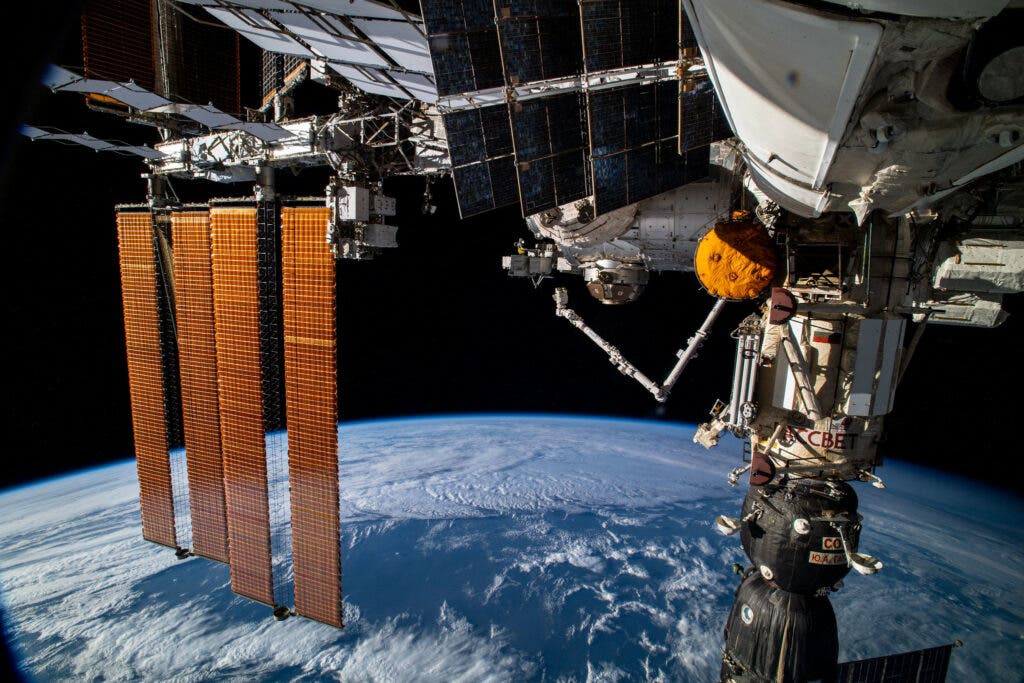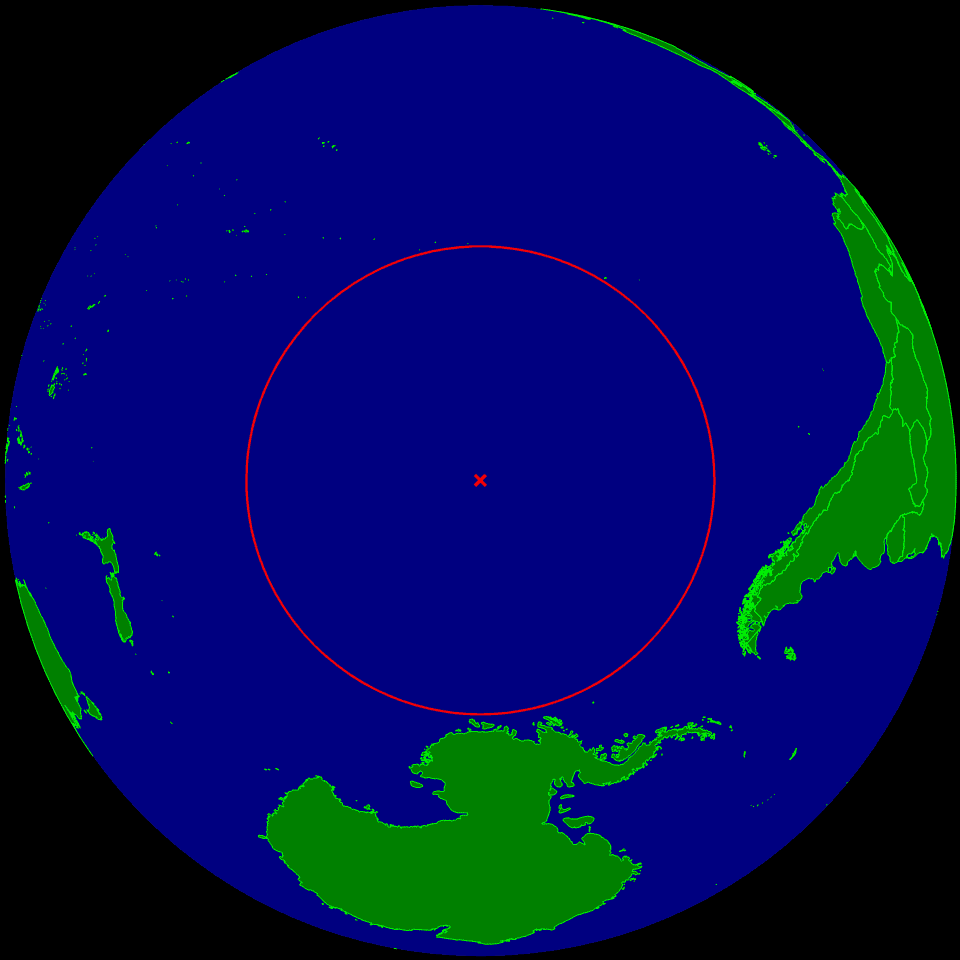NASA plans to keep operating the station until 2030, after which the ISS would be crashed into a remote part of the Pacific Ocean. Still, its next and (probably) last decade will be very important.

The space laboratory was launched in 2002 and has orbited 227 nautical miles above Earth, welcoming 200 astronauts from all around the world. From 2031 onwards, the ISS will be replaced by commercially operated space platforms – what NASA described as a venue for collaboration and scientific research with the private sector.
“The private sector is technically and financially capable of developing and operating commercial low-Earth orbit destinations, with NASA’s assistance. We look forward to sharing our lessons learned and operations experience with the private sector to help them,” Phil McAlister, director of commercial space at NASA, said in a press statement.
The news comes as part of NASA’s ISS Transition Report, which was delivered to Congress. The space agency said it plans for the ISS to fall in an area known as the South Pacific Oceanic Uninhabited Area, also known as Point Nemo – the farthest point in the ocean from land and a usual watery grave for many other spacecraft.

The area is located 2,000 miles north of Antarctica and 3,000 miles of New Zealand. About 300 chunks of space debris have been sunk there since 1971, mostly of US or Russian origin, according to a study from 2019. NASA said the space station would carry out thrusting maneuvers that would ensure “safe atmospheric entry” to Earth.
The upcoming decade
While decommissioning it in less than ten years, NASA still has ambitious plans for the ISS. The most important goal is carrying out research to benefit humanity, while also leading international cooperation and helping the US private spaceflight expand and enabling deep-space exploration. The ISS would be used as an “analog for a Mars transit mission,” NASA said.
“The ISS is entering its third and most productive decade as a groundbreaking scientific platform in microgravity,” Robyn Gatens, director of the ISS, said in a statement. “This third decade is one of results, building on our successful global partnerships to verify exploration and human research technologies to support deep space exploration.”
NASA has been working on the transition for the ISS for a while now. The first phase involved agreements with Blue Origin, Nanoracks, and Northrop Grumman, three companies that want to build private space stations in Earth orbit. NASA also holds a deal with Axiom Space, which will launch modules to the ISS that will form a free flyer.
The first phase is expected to last through 2025. The second phase will be similar to the approach taken by NASA with private crew transportation services to and from the ISS, the report reads. Back in 2014, the agency awarded contracts to Boeing and SpaceX, which launched multiple missions with its Falcon 9 rocket since May 2020.
The ISS has been home to many scientific studies over the years. In 2016, astronaut Kate Rubins sequenced DNA in space for the first time. The first space-grown salad with lettuces and greens was eaten by astronauts in 2015. An item was 3D-printed on the space station for the first time in 2014. And there’s more to come soon.






